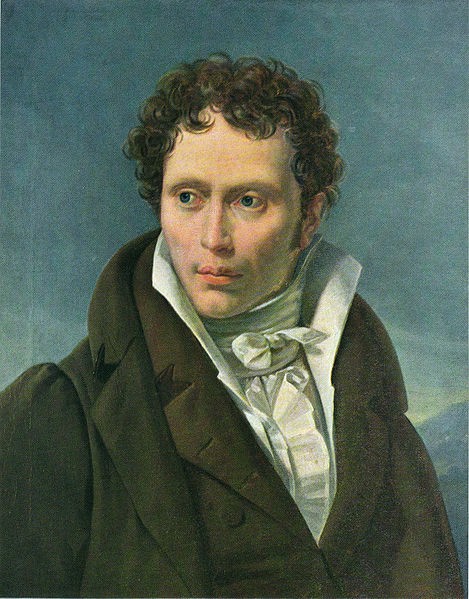Four-Person Marriage May Be the Best Marriage
by Liz Colville

A newsflash that might come in handy for all us pessimistic divorcée aspirants: 19th-century philosopher Arthur Schopenhauer had a totally different idea for marriage that could make things a lot more fun: he thought the ideal marriage was between four people, not two, and his secret little daydream of an idea now sees the light of day thanks to biographer David E. Cartwright and a blogger helpful enough to put a key excerpt from the biography online.
A marriage between four people, called tetragamy, sounds interesting in the sense that television shows about two couples are interesting. But could one do it oneself? Spending a lifetime with the same three people sounds kind of — oh, right. Schopenhauer’s theory isn’t quite as dreamy as, say, the couples of Dawson’s Creek or Women In Love (but then, neither were they). In fact, his theory is terrible! Here’s what the philosopher had in mind, in the words of Cartwright:
Tetragamy adjusted marriage into an institution that would make life better for men and women, Schopenhauer theorized, because it accommodated the natural sexual and reproductive capacities of humans in ways in which monogamy did not. It also addressed the material and financial needs of all parties in a more rational way. Two young men should marry a young woman, and when she outgrew her reproductive ability, and thereby lost her attractiveness to her husbands, the two men should marry another young woman who would “last until the two young men were old.” The financial advantage of this type of marriage would be considerable, Schopenhauer thought. At first, when the two young men’s incomes were low, they would only have to support one woman and her small children. Later, when their wealth increased, they would have the means to support two women and many children…
Cartwright later adds that Schopenhauer “never published his musings on tetragamy,” just the way that, say, the average 21st-century person probably keeps the particular porn he watches close to his chest. [Via]
Portrait of the philosopher as a young man via Wikipedia